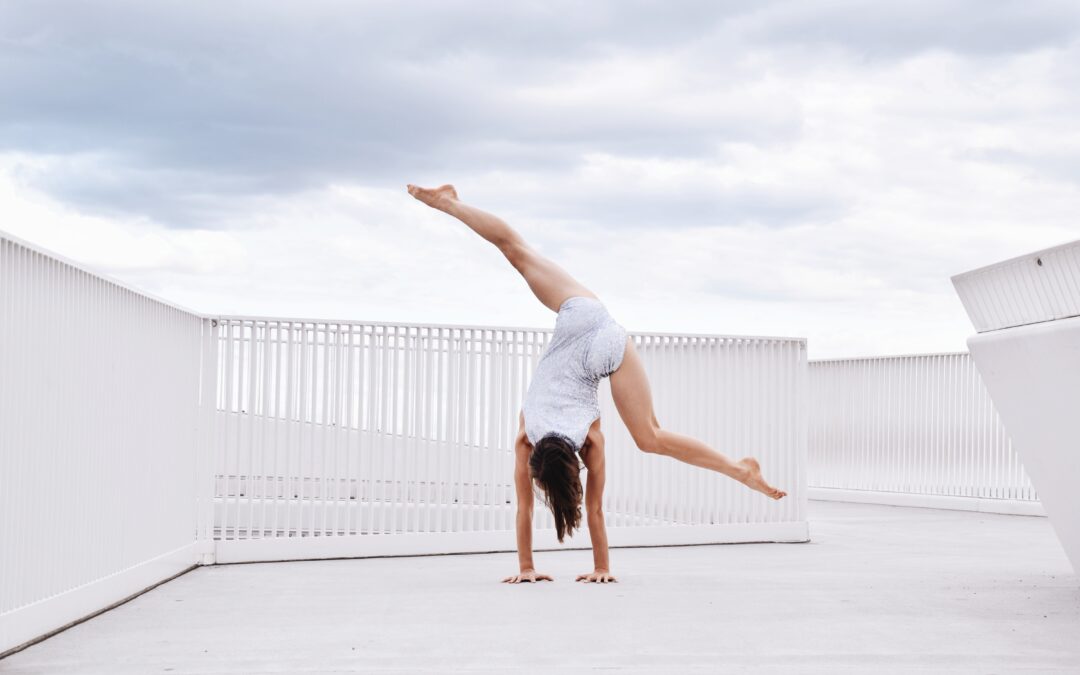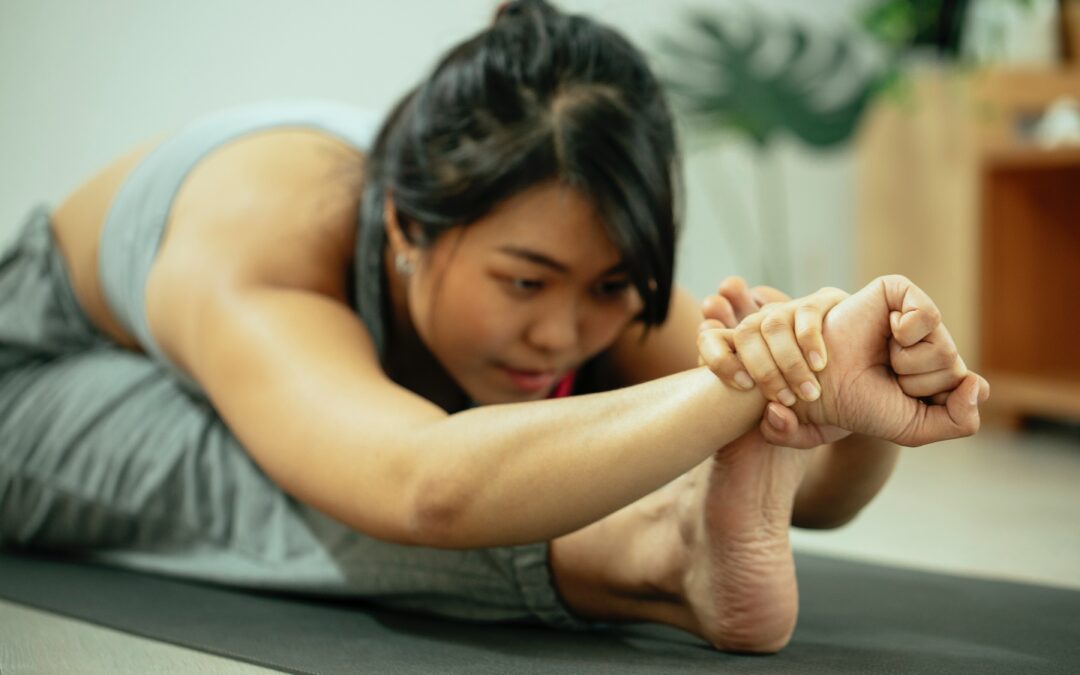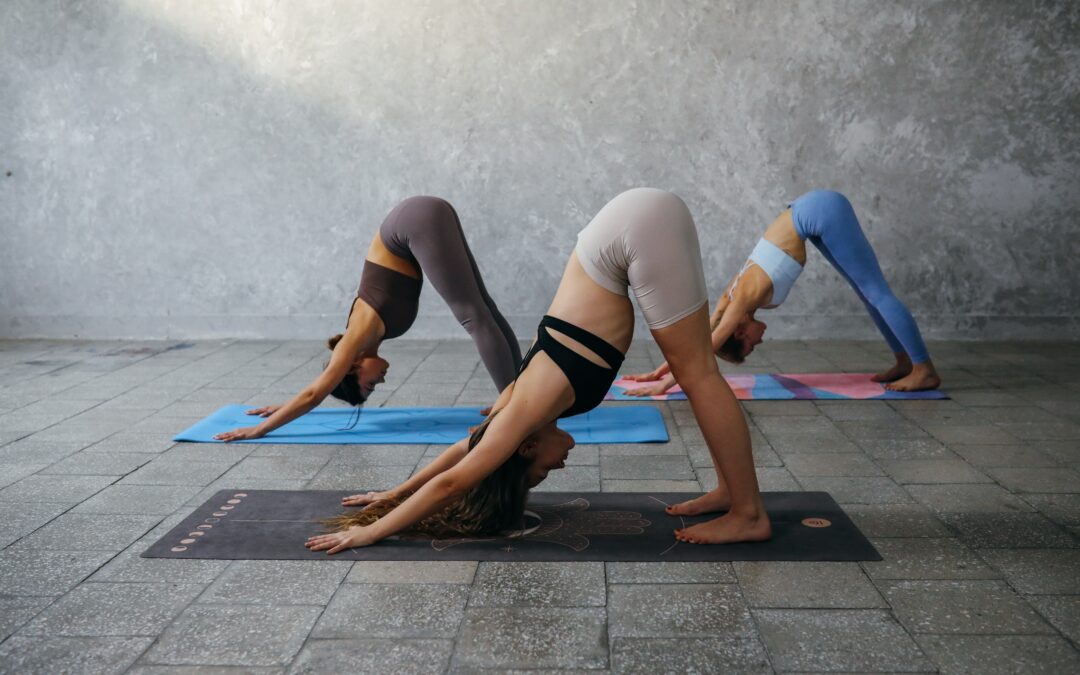Do you want to start practicing yoga but have many questions? You are in the right place! We will be answering your 10 possible questions in this mini guide!
1. Can I begin yoga at home?
Make sure you consult your medical practitioner prior to starting. If you have a medical condition which requires special attention during the practice -for example with the modification of the poses-, it may be a better idea to start working with a yoga teacher in person.
If there is no need for such special attention, you can start yoga with home practice! Williams (2021), reminds the importance of receiving personal feedback during the practice. So, to make sure you are going in the right path, you can consider joining public classes even if most of your practice is at home.
During your at home practice, try to stay mindful, and observe how your body and mind responds. Letting go of the hurry, try to focus on exploration. Pour your attention into how you are flowing on the mat rather than what you have accomplished. Honor the needs of the day and proceed accordingly without forcing yourself to do any postures. Enjoy being on the mat!
2. What should I wear during the yoga practice?
You can wear anything that feels comfortable while you are in motion. The idea behind yoga clothes that are widely popular nowadays is the ease they provide while observing alignment of the body. It may be harder to understand alignment of joints with loose clothes, but this is a totally personal choice! Choose the clothes in which you feel free while you are moving.
3. Which equipment can be useful?
You can start with finding a nice yoga mat for yourself! While choosing the mat, you can evaluate the following features:
- the material the mat is made of
- thickness of the mat: if you have sensitive joints, you can choose a thicker mat
- weight of the mat: if you travel a lot, a lighter option may be a good idea
- mat’s grip: if your hands and feet sweat a lot, then you may choose a grippy mat
A blanket or a towel might be used to support the knees.
In the yoga classes yoga blocks, bolsters, and yoga straps are used either to make the poses easier or to intensify them. You may decide whether you need them after you observe yourself in the sessions.
4. Should I be flexible, or should I have prior sports experience for starting yoga?
The answer is yoga is for everyone who would like to practice! Flexibility and strength are built step by step during the practice. In fact, being not flexible might be a good reason by itself to start yoga. During yoga practice, we observe how both sides of the polarity go hand in hand to complement each other. Thus, whether you are a ballet dancer, or you are feeling stiff in your body due to only having done strength exercises, you can benefit from how yoga interprets and teaches balance in a broader sense.
5. Which type of classes should I choose first?
To build your practice on sound bases safely, you should start with classes for beginners. In these classes, you will learn about foundations of yoga poses and alignment cues. It is very important to understand and internalize foundations before moving forward to other classes.
6. When can I proceed to more intensive classes?
If you are practicing with a teacher, you can ask them about how to proceed. If you are an at home yoga practitioner, observe how you flow in the beginners’ classes. Is your breath smooth, can you find the alignment that feels safe and stable for you easily? If your answer is “Yes”, then you can try one Intermediate class. During the Intermediate class, if it feels like you are not ready yet, go back to practicing beginners’ classes, if not enjoy mastering new yoga poses!
7. Is there a recommended duration for classes?
It totally depends on you! There is a wide range of duration, starting from 15 minutes to 90 minutes. You can choose which feels right for you and suits best to your program. Remember that building a sustainable practice is the most important thing. So, instead of pushing yourself for a long 90 minutes class every day and finding yourself mentally exhausted, you may choose classes with shorter lengths.
8. How often should I practice?
Traditionally, yoga is practiced 6 days a week, with taking a day off on Saturday –day of Saturn-, since Saturn is believed to be a challenging teacher according to astrology.
In our times, the frequency of your practice depends totally on you! There are many determinants that may affect your decision. In any case, make sure to take a day off every week and enjoy a nice rest!
Here are some ideas for you:
- If yoga is your only physical exercise, practicing 2 or 3 times a week might be a good idea to start with to be able to see the benefits.
- If you are going to the gym or doing other exercises, you can add 1 or 2 yoga classes to your practice every week and then see how it affects you. At the end of the week, if you are feeling balanced both in your body and mind, it means you have found your perfect mix!
- If you would like to build a daily yoga practice, you can start with short classes. You can start practicing for 15-20 minutes 6 days a week, then increase the duration when it feels natural.
9. I want to do some research on yoga prior to starting, where should I begin?
There is huge growing content about yoga on the internet. It may be hard to navigate and find reliable resources. If you would like to dive deep into scientific research on yoga, yoga philosophy, or yoga poses, you can start with the following three websites which can be considered as modern encyclopedias of yoga:
- Yoga Journal: https://www.yogajournal.com
- Yoga International: https://yogainternational.com
- Yoga Alliance Database on Scientific Research on Yoga: https://www.yogaalliance.org/About_Yoga/Scientific_Research_on_Yoga
10. Can I skip Savasana?
Yoga classes end with Savasana pose. In the beginning, the importance of this relaxation pose may be underestimated. However, as Ekhart (2017) describes, Savasana is one of the most essential parts of a yoga flow. Without Savasana, our bodies will not have the space and time to digest the practice, and allow its benefits to manifest. Without savasana, our practice may leave us even feeling tense. So, make sure you end your practice with Savasana for the best transition from the mat into daily life!
Feeling curious about the science behind Savasana? Check out McCall’s (2019) Youtube video:
Do you have further questions? Reach us from our webpage or social media accounts! We wish you a wonderful start to your yoga journey!
References
Ekhart, E. (2017, November 2). 8 tips on how to do yoga at home – Practice and all is coming. Ekhart Yoga. Retrieved January 4, 2023, from https://www.ekhartyoga.com/articles/practice/8-tips-on-how-to-do-yoga-at-home-practice-and-all-is-coming
https://www.yogaalliance.org/About_Yoga/Scientific_Research_on_Yoga
McCall, T. (2019, December 8). What Does Science Say about Savasana?
. YouTube. Retrieved January 4, 2023, from What Does Science Say about Savasana?
Williams, L. (2021, November 30). The beginner’s guide to getting started with yoga. Verywell Fit. Retrieved January 4, 2023, from https://www.verywellfit.com/how-to-get-started-with-yoga-4165462


